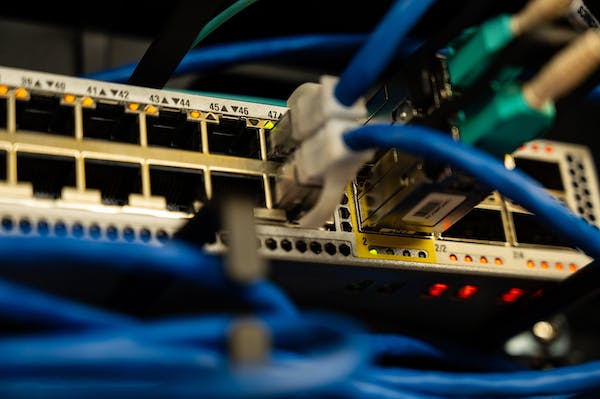Cryptocurrency staking has become a pivotal component of the blockchain ecosystem, reshaping how transactions are validated and new coins are minted. At its core, staking involves participants locking up a certain amount of their cryptocurrency to support the network’s operations. This process is facilitated by the Proof-of-Stake (PoS) consensus mechanism, an energy-efficient alternative to traditional mining. One crucial element in optimizing the staking experience is the utilization of Virtual Private Servers (VPS). In this article, we’ll explore the fundamentals of crypto staking, the role of VPS, and why people should use the “Immediate Momentum” to enhance their staking endeavors. We’ll also delve into the intricate details of setting up and securing a staking node.
Understanding Crypto Staking
Basics of Proof-of-Stake (PoS) Consensus Mechanism
PoS operates on the principle of validators being chosen to create new blocks and validate transactions based on the number of coins they hold and are willing to “stake” as collateral. This differs significantly from Proof-of-Work (PoW) where miners compete to solve complex mathematical problems.
Benefits of Staking in the Cryptocurrency Ecosystem
Staking offers participants the opportunity to earn passive income by holding and locking up their coins, thereby contributing to network security and decentralization. It also eliminates the need for expensive mining hardware and excessive energy consumption.
Comparison with Traditional Mining
Contrary to the resource-intensive nature of traditional mining, staking is a more sustainable and environmentally friendly process. Miners’ competition for block rewards is replaced by a deterministic algorithm that selects validators based on their stake, ensuring a more predictable and energy-efficient network.
Choosing the Right Cryptocurrency for Staking
Overview of Stakable Cryptocurrencies
Numerous cryptocurrencies now adopt PoS, making them suitable for staking….
Read the full article here

Leave a Reply